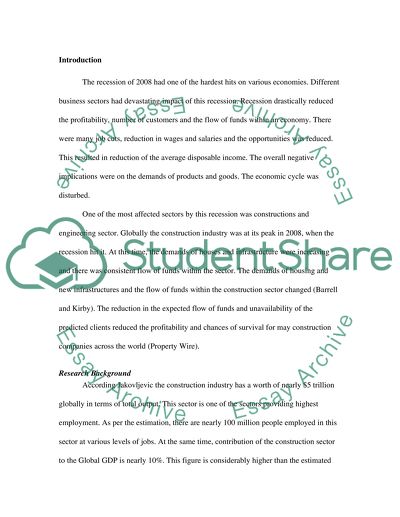Cite this document
(“Current Recession Impacts on the Construction Industry Dissertation”, n.d.)
Retrieved from https://studentshare.org/family-consumer-science/1407942-current-recession-impacts-on-the-construction
Retrieved from https://studentshare.org/family-consumer-science/1407942-current-recession-impacts-on-the-construction
(Current Recession Impacts on the Construction Industry Dissertation)
https://studentshare.org/family-consumer-science/1407942-current-recession-impacts-on-the-construction.
https://studentshare.org/family-consumer-science/1407942-current-recession-impacts-on-the-construction.
“Current Recession Impacts on the Construction Industry Dissertation”, n.d. https://studentshare.org/family-consumer-science/1407942-current-recession-impacts-on-the-construction.


